About Nama Riel Dance
Riel or Rieldans has its roots in the Khoisan tradition where it originated as a celebratory dance. It's thought to be one of the oldest indigenous dancing styles in South Africa. The Nama people call it the Ikhapara, but the ‘riel' title is probably borrowed from the Scottish ‘reel', which describes a Scottish folk dance. Colonial influence is also evident in the form the dance has taken - there are obvious Scottish/Irish jig movements.
Did you know? Described as ‘dancing in the dust' and ‘more like a cactus tango or Jitterbug' the Nama Riel dance is in the grips of a revival that has brought it to the attention of visitors who can't resist the opportunity to see it in action.
It became the dance of sheep shearers and farm workers through the 1940s and 1950s. Add to that the beat of boeremusiek (Afrikaans folk music) with an emphasis on the tin guitar, or ramkie, and violin, to which it is most often performed, and you get a totally original dance, the most outstanding feature of which is its frantic footwork. This is not a slow dance; this is a ‘dans lat die stof so staan' - dance until the dust is in the air!
Nama Riel is essentially a group ‘courtship' dance (the girls stay on one side whilst the boys mock-battle in an attempt to outdo one another with flashy moves and big hats), usually performed in a circle, with a myriad gestures that way back would have told a story. These moves are thought to originate from local animal courtship, in particular the ostrich, but there is reference to antelope, baboon, snake, horse, rooster and even butterfly.
At one stage the Nama Riel was in danger of dying a death, when the ATKV (Afrikaanse Taal en Kultuur Vereniging - Afrikaans Language and Cultural Association) began encouraging competitions across the Northern and Western Cape in a bid to revive it.
Then the Williston Winter Festival began, introducing the Nama Riel as one of its highlights. Now it's the major attraction with dance groups arriving to perform from across the Cape.
Local schools in both the Northern and Western Cape offer Rield dancing to their pupils.
Need to Know
WhereWhere to see it: The Williston Winter Festival, Carnarvon, Calvinia, Leliefontein and beyond, Upper Karoo, Northern Cape, South Africa
WhenAnnually during the Williston Festival.
OvernightStay in Upper Karoo Accommodation, Northern Cape
Disclaimer
Please note, business details can change. While we endeavour to ensure all information provided by the service provider is correct at the time of publication, we do not assume any liability caused by errors or changes, such as price, cost, time, and location. Please check with the provider that the activity/business is still offered as described, before making any travel plans.
Feedback?
If this is your attraction, you can let us know if anything on this page is outdated or contains inaccuracies, by email. We regret, we do not have any other information, please contact the provider if you have questions.
Additional Reading
You might also be interested inAttractions near Williston
In the vicinity
Hotels & other accommodation options in Upper Karoo
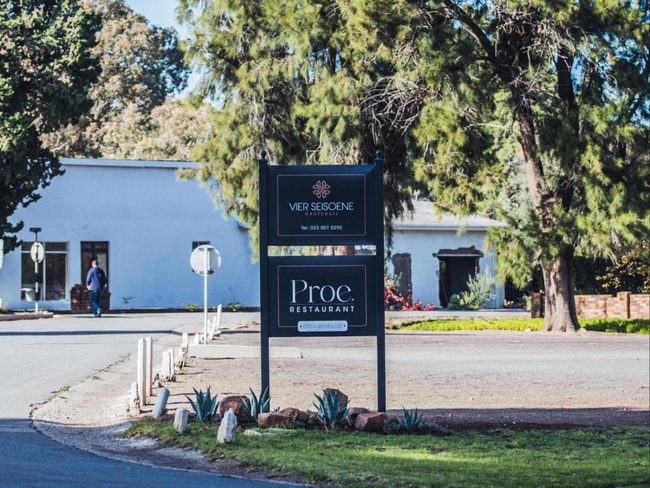
Vier Seisoene Gastehuis
At Vier Seisoene Gastehuis, accommodation is offered in three well-appointed rooms, each including a delightful breakfast, or opt for the conveni...
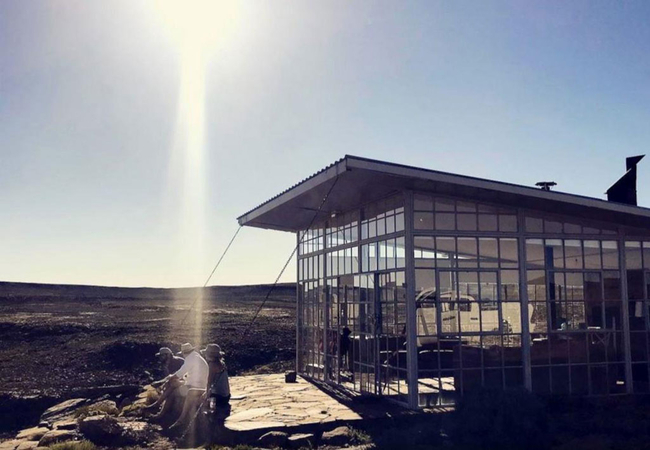
Glashuis @ Aarfontein
Glashuis is a chalet with vast windows and beautiful views of the valley. The accommodation is situated on Aarfontein Farm, a working sheep farm,...
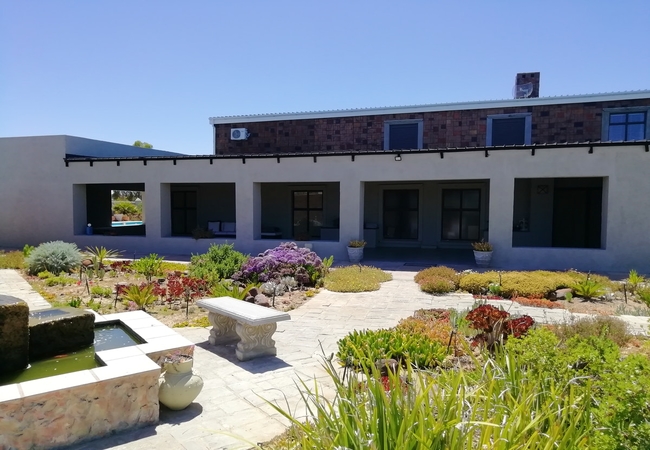
Linda se Dop
Linda se Dop is a contemporary hotel overlooking Nieuwoudtville in the heart of the Namaqualand. The elegant boutique hotel offers an outdoor poo...

Rogge Cloof
The origins of the farm and dark sky reserve Rogge Cloof, meaning rye ravine, date back to 1756. Since then over more than 250 years, various own...

The Hanover
The Hanover is a modern, luxury hotel in Hanover in rooms overlooking the lush garden and swimming pool. Offered a choice of two to four sleeper ...

Anra Rusgenot
Anra Rusgenot is guest house situated in Richmond, exactly halfway between Johannesburg and Cape Town on the N1, and is ideal for a stopover or l...

La Vida Guest House
La Vida Guest House offers comfortable guest accommodation in Colesberg. The guest house is an ideal spot for an overnight stopover for business ...
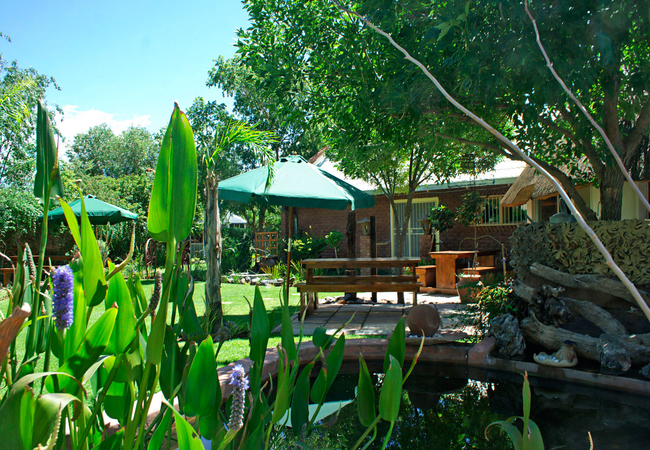
Coffee @ Home
Coffee @ Home is a charming guest house and coffee shop situated in the small town of Prieska, about 240 kms from Kimberley. The guest house offe...
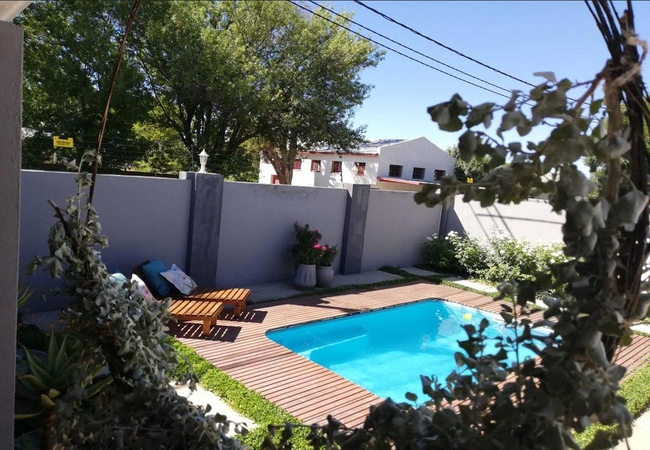
Three Birds Country House
At Three Birds Country House we offer spacious luxury suites and family rooms. Each room has an en-suite bathroom, a plasma TV with certain DStv ...
Accommodation convenient to Nama Riel Dance
FIND / South Africa Accommodation / Northern Cape Accommodation / Upper Karoo Accommodation
